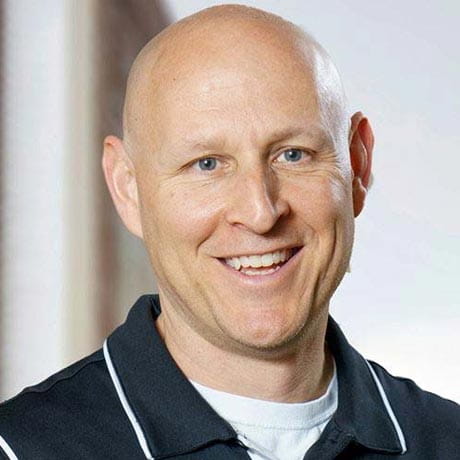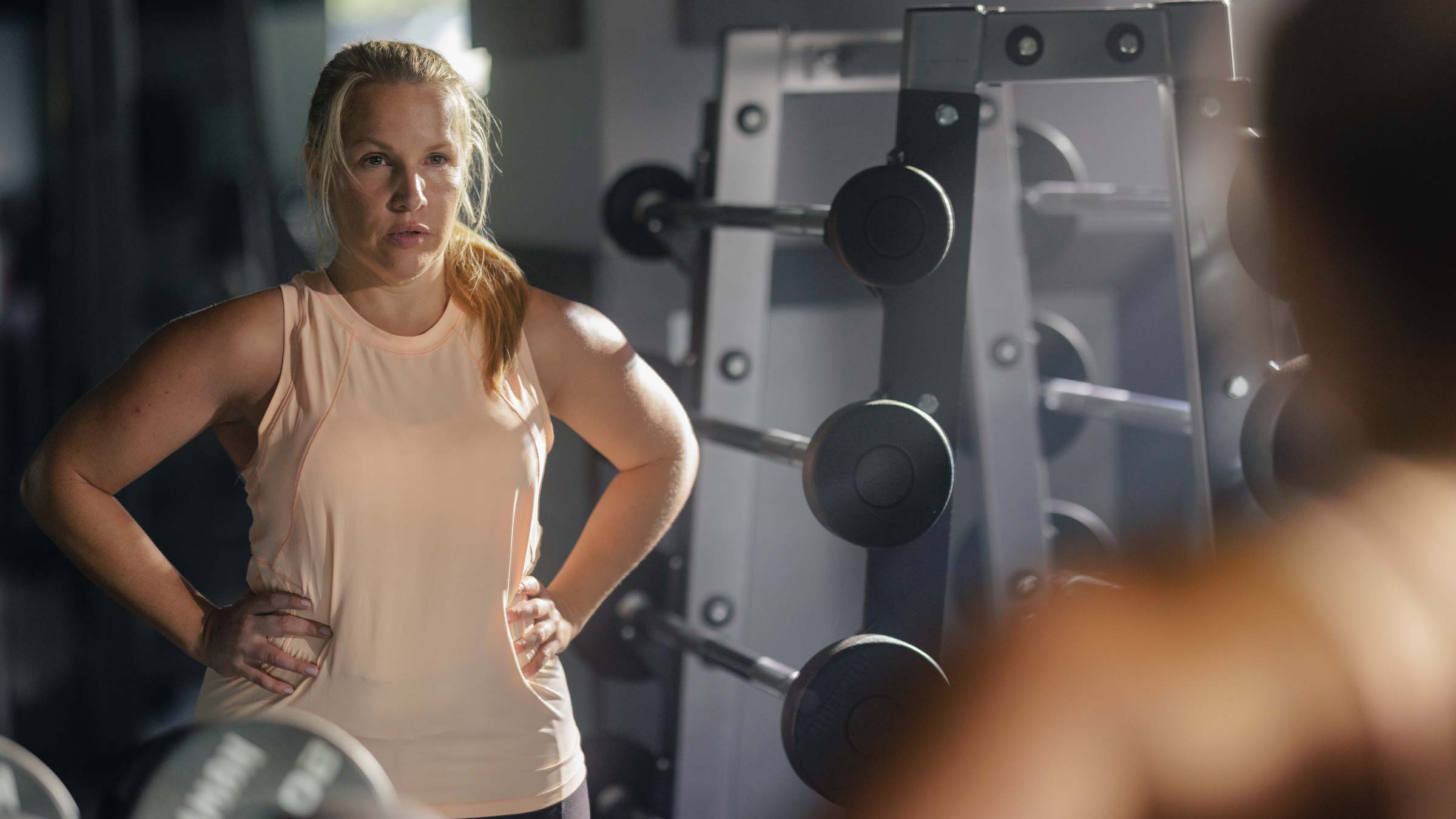
Six-pack abs are a dream for many. However, in pursuit of those coveted abs, many people are actually going about it all wrong. Endless situps won’t give you ideal abdominals. In fact, situps may actually put you at serious risk for damage to your back.
The best approach to building strong abs is by starting with a strong core. Maintaining a strong core is one of the best lifestyle choices you can make to help avoid pain in your daily life. The central part of your body is responsible for stability and balance, meaning it makes it less likely you’ll fall and suffer an injury while engaged in physical activity. Powerful core muscles can also improve posture, helping prevent and alleviate spinal problems.
Which body parts make up the core?
The abdominal muscles get all the attention in pop culture when it comes to fitness goals. However, abs are only one part of the core that you need to focus on strengthening. Your core includes your stomach, hips, glutes, pelvis and lower back.
What functions do abdominal core muscles perform?
One way to think of the core muscles is to think of them as anti-movement muscles. They work in combination to prevent and control rotation. The abdominals are anti-back bending (extension) muscles, the lower back muscles are anti-forward bending (flexion) muscles, and the lateral trunk muscles are anti-side bending muscles.
The central part of your body has two primary responsibilities: stabilizing your torso and managing movement. Your core keeps you in an upright position against the forces of gravity, ground reaction forces, and momentum.
The problem with weak core muscles
During many daily tasks, the spine bends and rotates and the core muscles lengthen through various ranges of motion. These movements are usually small and coordinated with the hips. But if your core muscles are weak and if you have limited hip mobility, then your body will overcompensate to complete that movement. That results in the spine and lower back moving too much, for example, when squatting or lifting heavy objects, and puts you at greater risk for injury.
Situps may do more harm than good
When trying to build core strength, thousands of situps and other back-bending exercises are not ideal solutions. Many people fail to achieve the “almighty six-pack” and also, unfortunately, set themselves up for back problems.
As I tell my patients, research has shown that repetitive flexion or excessive extension of the spine — meaning, too much time spent bending forward or backward as you do in a situp motion — puts significant strain on your back. Repeatedly applying this type of pressure to your back can contribute to disc degeneration and injuries.
Our society struggles to maintain good posture because we spend too much time bent over during our daily lives. Many people have jobs where they sit hunched over a desk, we often sleep in the fetal position, and we sit down to eat, study, read or watch TV.
All of this prolonged sitting, especially if hunched over with a rounded back, weakens the tissue of the discs. It also decreases the muscle activity of the core and places more compressive forces on the spine.
Our backs are already taking a beating throughout the day. Then, when we go to the gym and do situps and other back-bending exercises, we’re putting our backs through even more strain.
Changing up your workout routine is one way to reduce the chances of suffering a painful back injury.
Performing core exercises in an upright position is a better and safer way to enhance function and performance
The good news is that there’s an abundance of options available to strengthen your core muscles. You may not even notice that your core is getting a workout while you’re doing other things. Any exercise performed in an upright position activates the core. Your core muscles are put to work when you run, do pullups, squat or lift a weight over your head.
That being said, building a strong core, as well as learning the correct technique, is vital to avoid injuring yourself during these activities. Due to our prevalence of sitting too much, many people develop hip tightness and muscle imbalances that lead to compensatory patterns and poor core activation and control.
Alternative core exercises to build strength without situps
Let’s look at some alternative core exercises to replace some of the traditional situps that may be placing undue stress on your spine.
Before beginning a new exercise regimen, it’s advisable to consult with your physician. In addition, stop immediately if you feel pain while attempting a specific exercise.
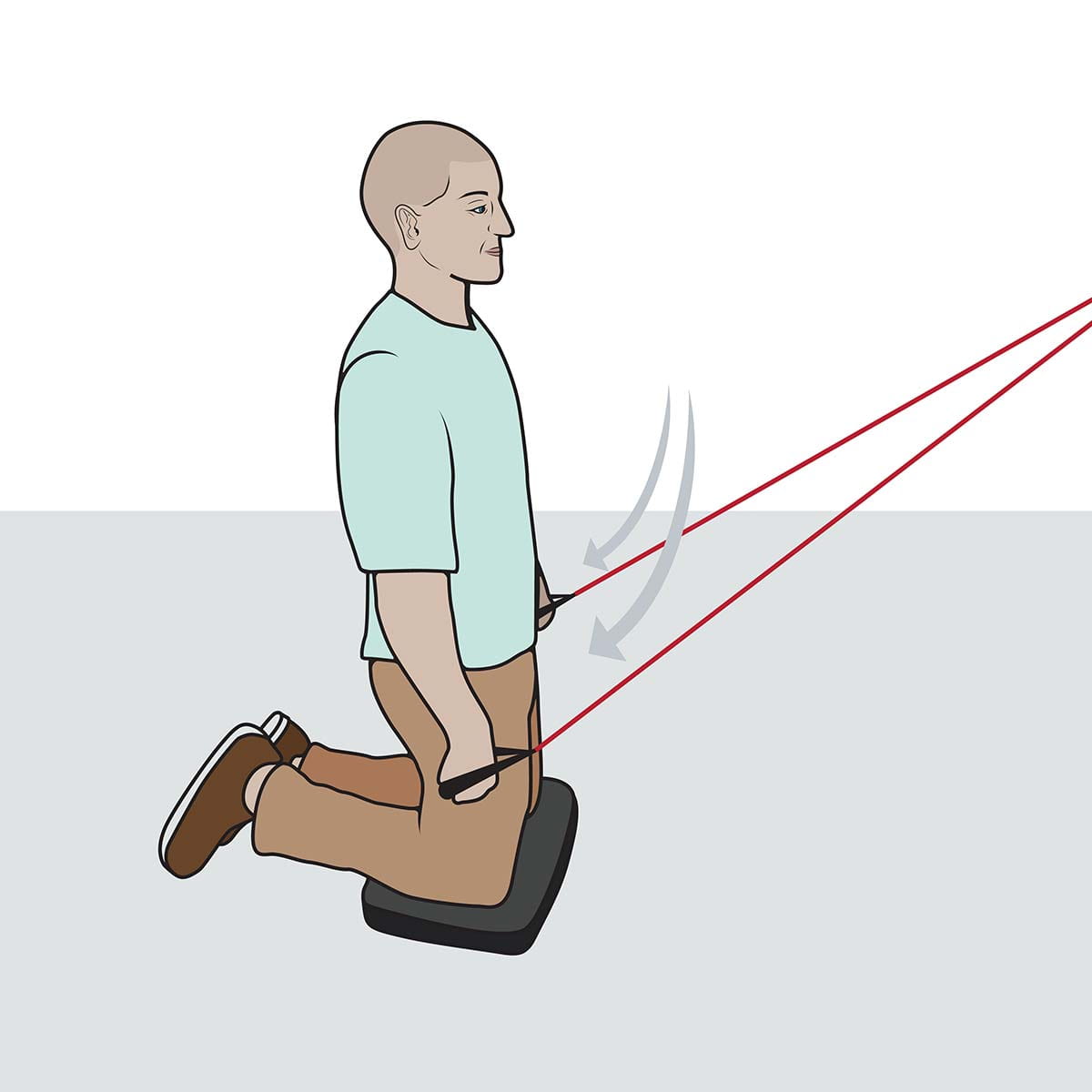
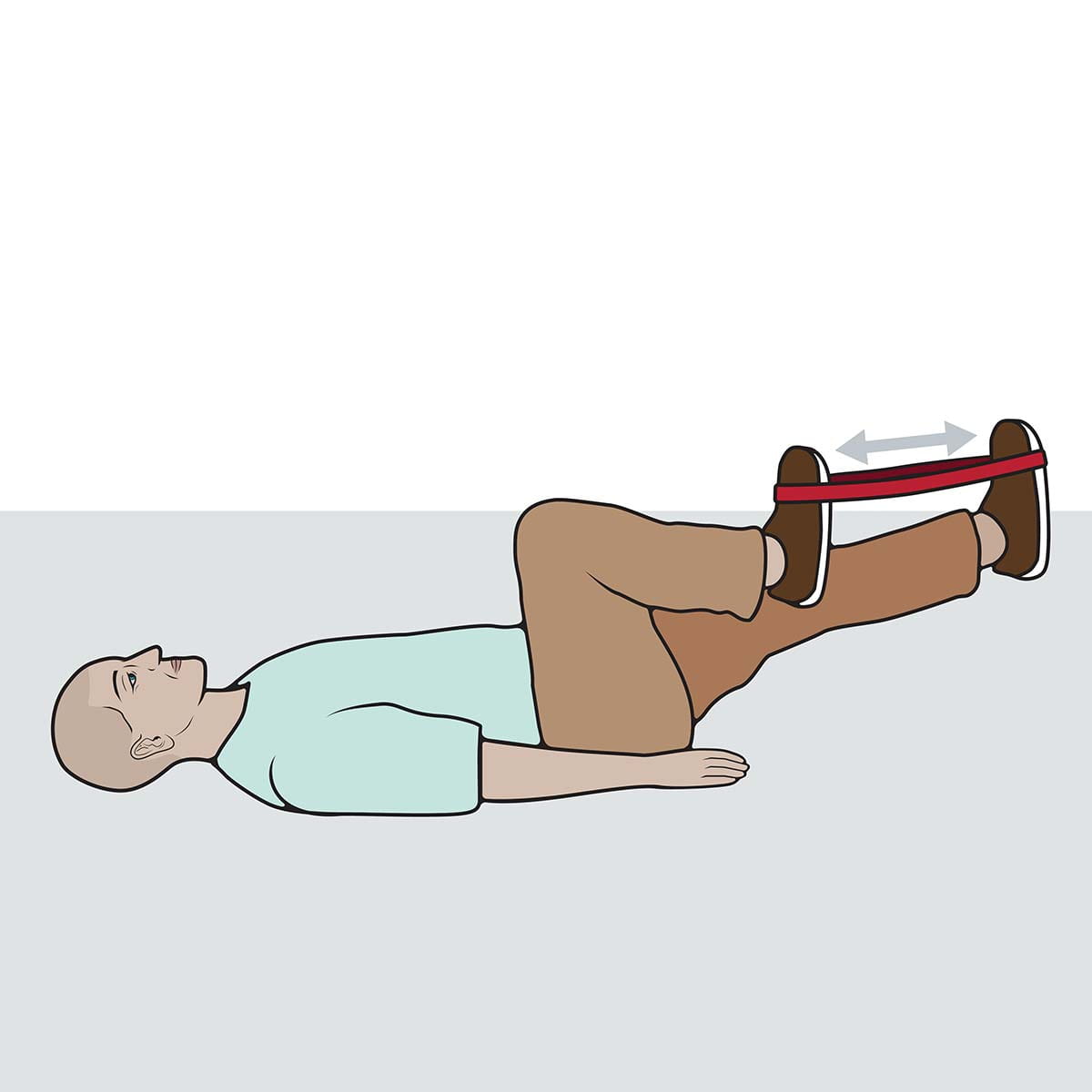
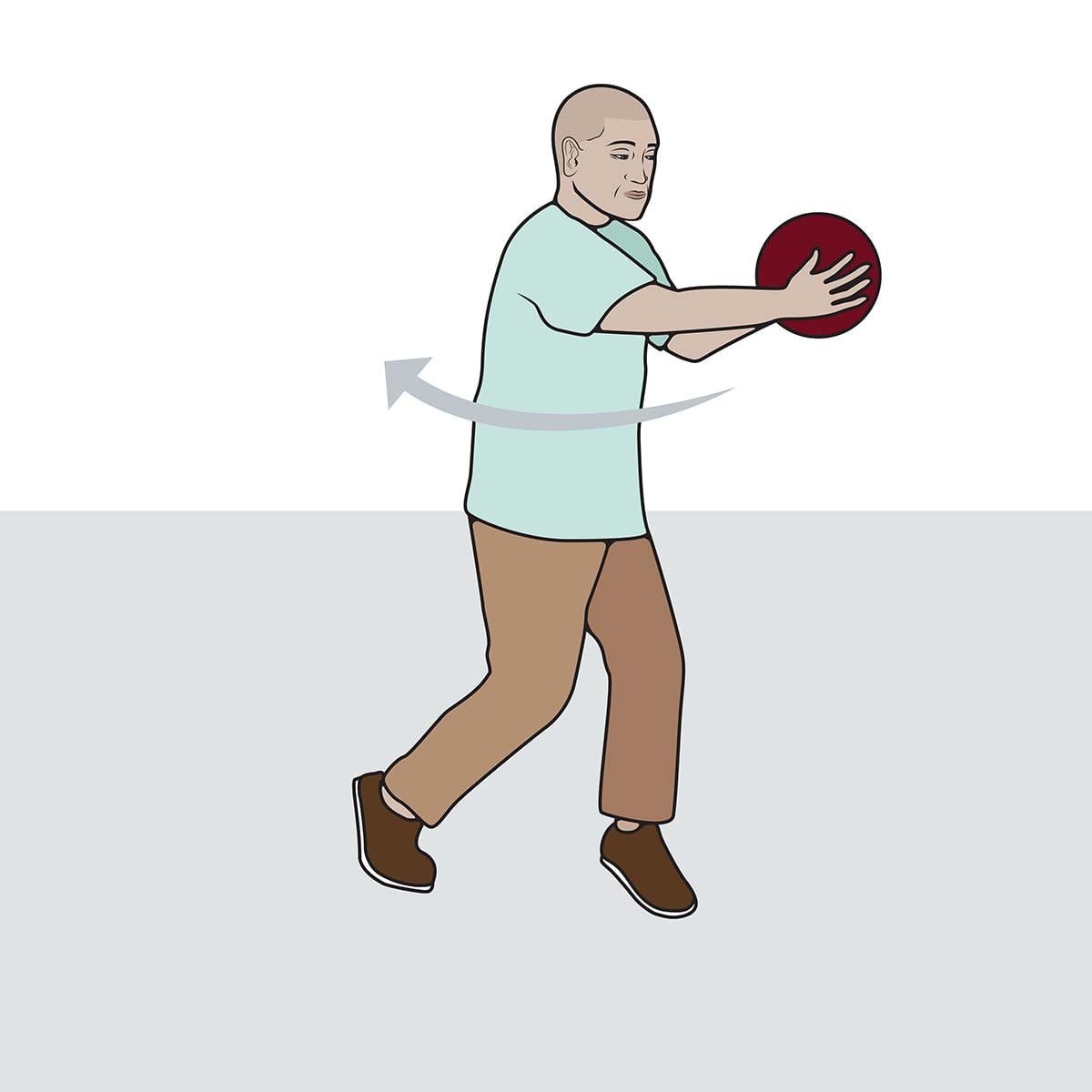
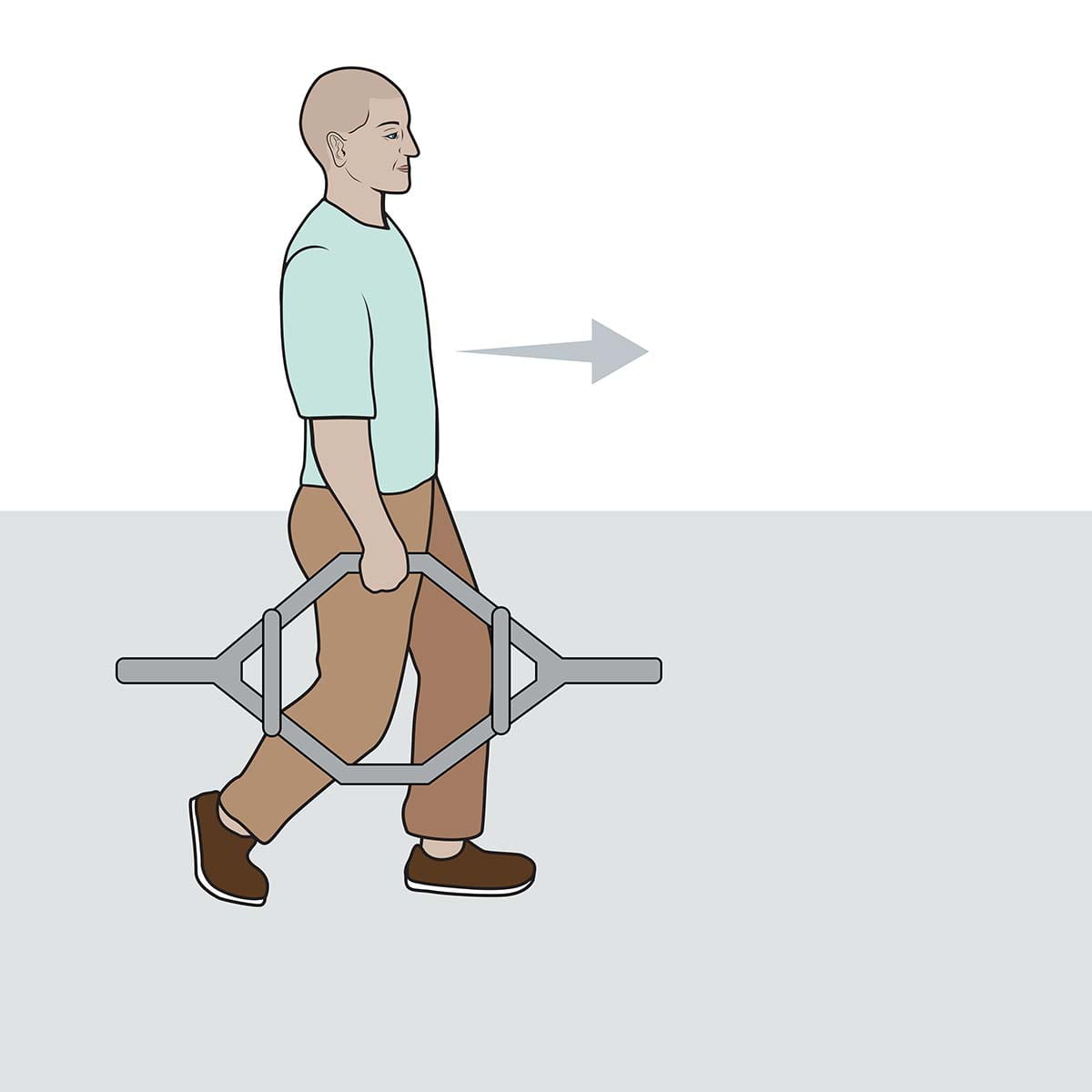
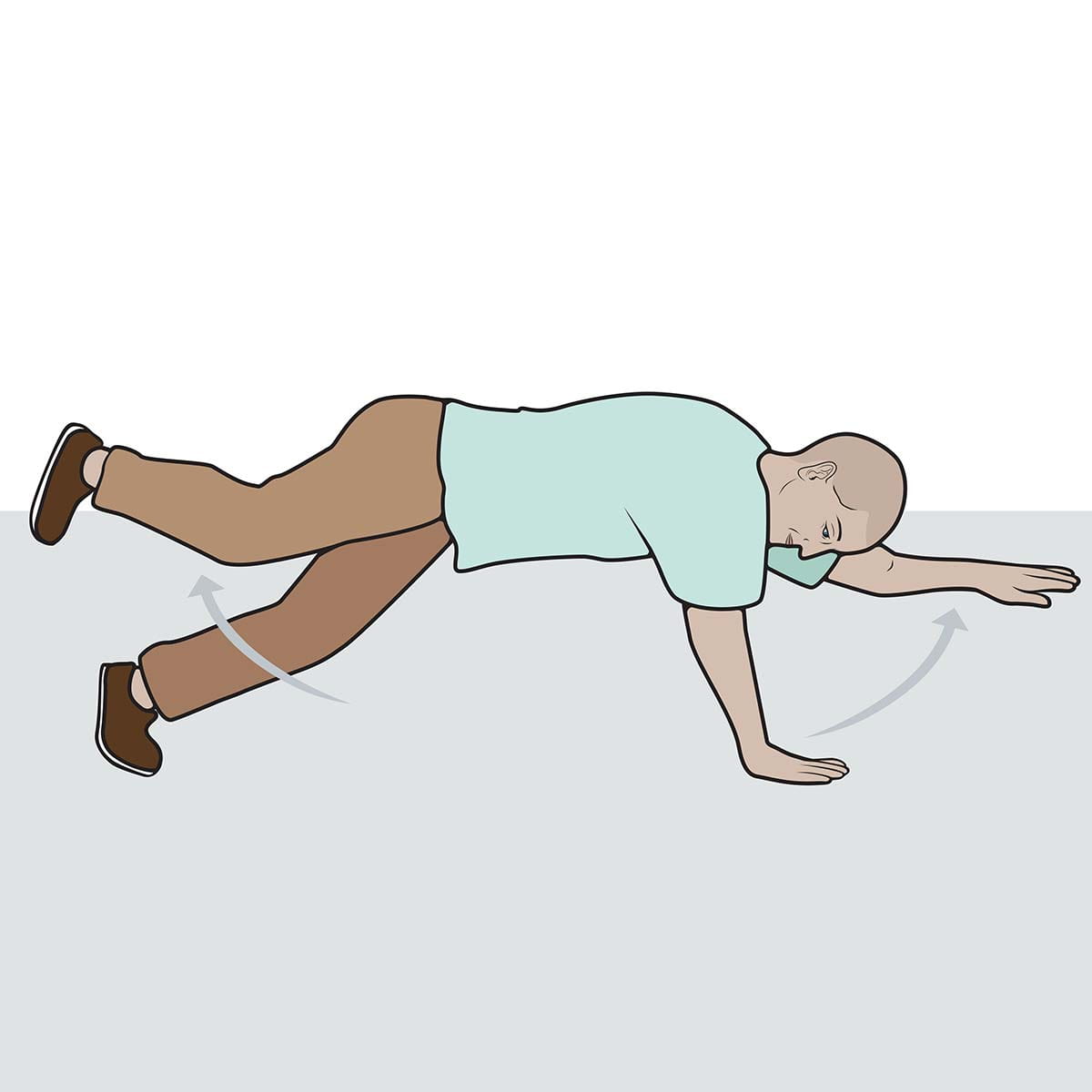
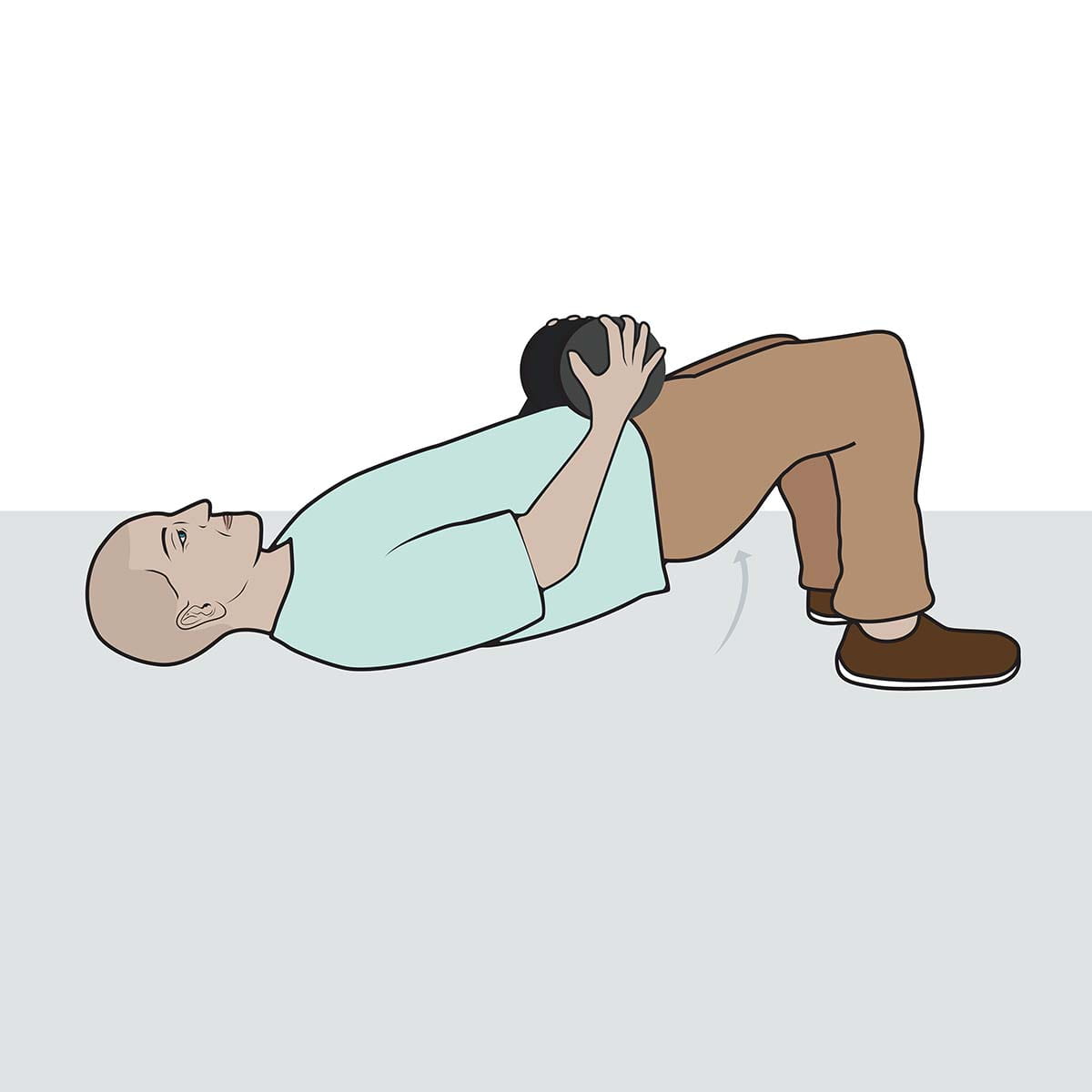
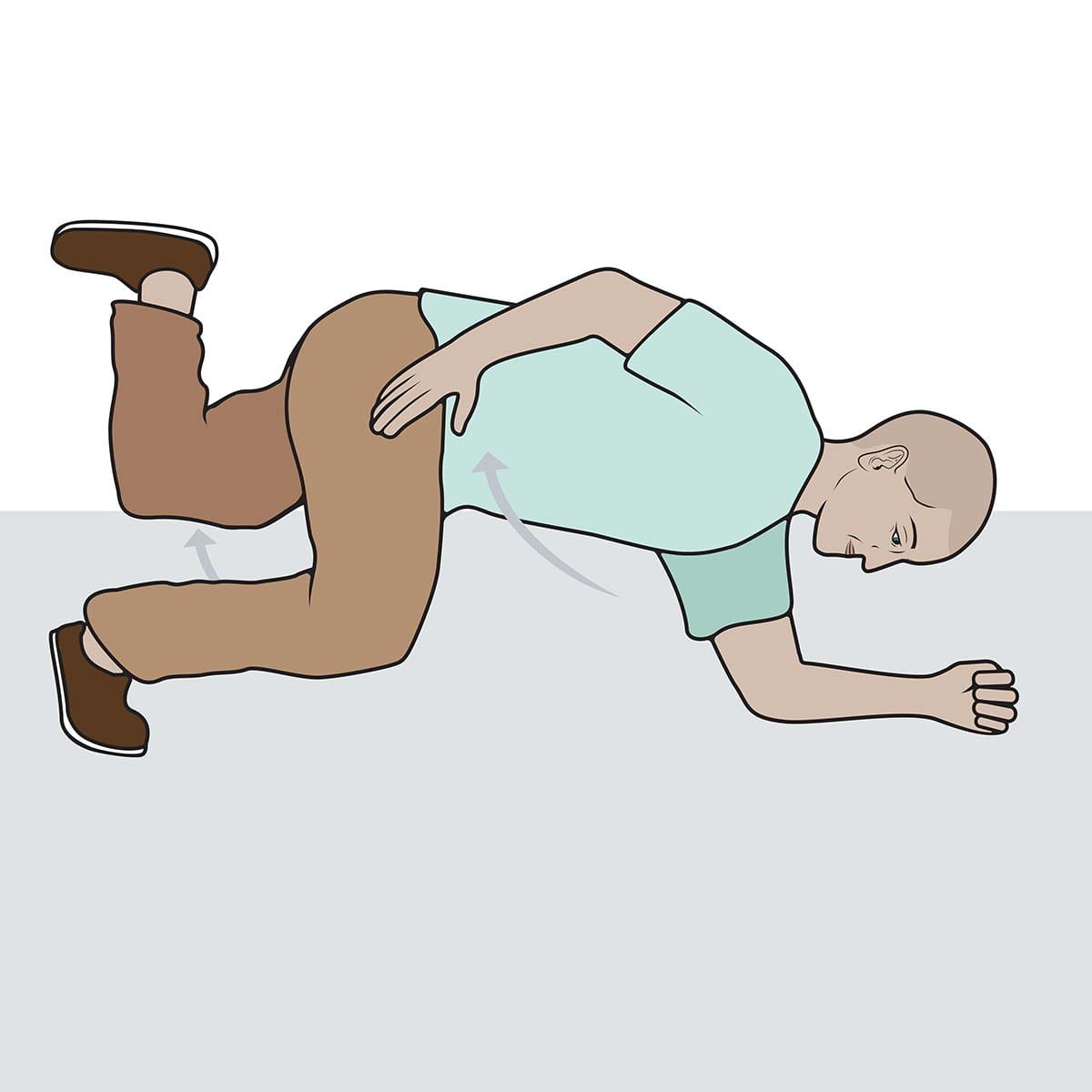
Focusing on these exercises instead of situps can save your spine from a lot of unnecessary wear and tear. Plus, you’ll be training your core more appropriately for better function and strength.
And one extra piece of advice: Core exercises will only get you so far in your journey to six-pack abs. Maintaining a nutritious diet and avoiding things like alcohol and excess sugar are essential for achieving your goal.

Ready to be at the top of your game?
Ohio State’s sports medicine experts are here to keep you in your game, maximize your performance and keep you healthy.
Learn more


